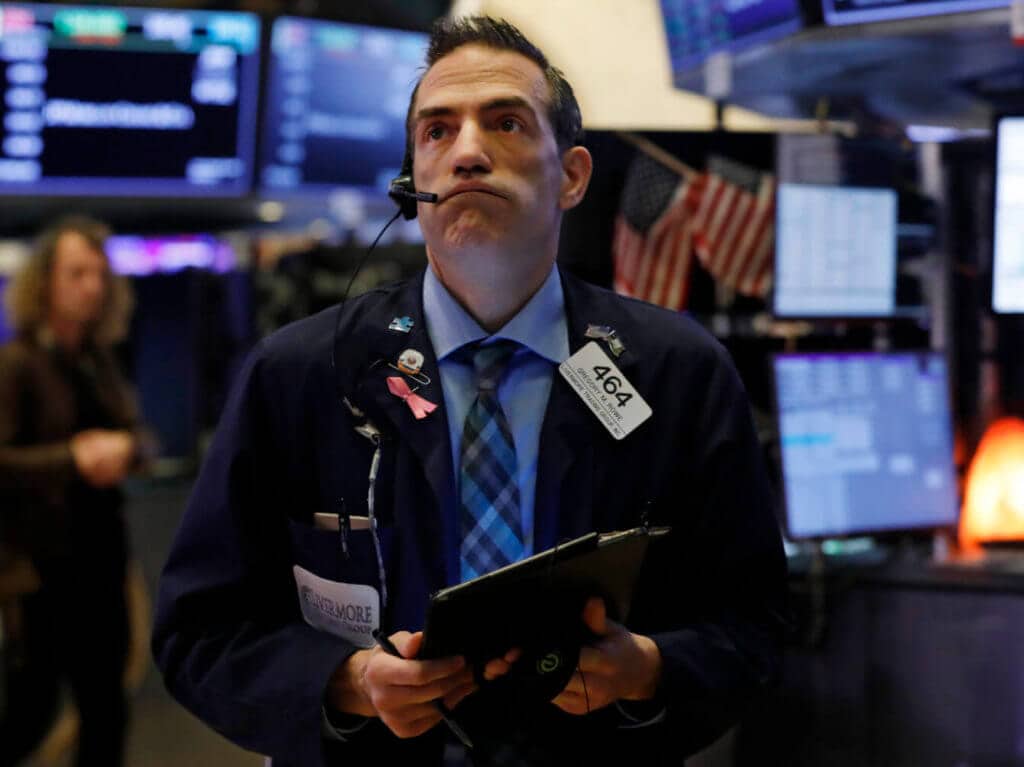It’s not unusual to see trading volume dip in August, but this year, volumes have become disturbingly low. The lack of interest in the stock market could be a sign that a pullback is on the cards—especially considering the uncertainty in the months ahead.
The S&P 500 recently hit an all-time high, prompting some to wonder whether the U.S. economy is finally back on stable footing. But as Jim Cramer pointed out this week, the stock market has become so far detached from the reality of the economy that it’s impossible to link the two.
The only real correlation between the two would suggest that the economy has further turmoil ahead.
The stocks leading this rally are mega-cap tech names that don’t need a return to normalcy to make money. Cramer points to PayPal’s (NASDAQ:PYPL) success as a prime example. The cashless payment processor is a winner in the coronavirus era because “no one wants to touch cash.”
Economic Growth Uncertain
When it comes to the economy, we are in uncertain times. No one is sure exactly how this crisis will play out, especially now that Congress has broken up for the summer without offering another stimulus lifeline to American families.

There could be a moment of reckoning coming for the many small businesses that have reopened recently.
A FactSet analysis of debit card spending shows that accounts funded by unemployment benefits saw a lift in spending between May and July. But as soon as the additional unemployment benefits ran out, a sharp drop in spending ensued in August.

Stocks are surging in the absence of a healthy economy because of the Federal Reserve’s historic backstop and the government’s willingness to dole out stimulus checks.
But a lack of cooperation among members of Congress has left stimulus up-in-the-air for the remainder of the summer. The Fed has used almost everything in its toolbox to prop the market up apart from buying equities out-right.
As Nela Richardson of Edward Jones put it, the economy hasn’t had time to catch up to the stock market’s phenomenal rally:
The market is forward-looking but it’s way ahead of where the economy is right now. The economy hasn’t had time to catch up
On top of that, the equities rally is led by just a handful of tech names. Some have gone as far as to say the S&P 500’s new highs are almost exclusively the product of Apple’s (NASDAQ:AAPL) performance over the past few days.
Market breadth has become worryingly thin, yet another indicator that the stock market rally isn’t in any way related to a widespread economic recovery.
On the one hand, a narrow breadth may not be something to worry about, according to Bespoke Investment Group. The firm notes that roughly 10% of the S&P 500’s all-time highs were reached on days with negative breadth. Those years where breadth was negative were followed by gains of 13.2%, significantly higher than the average.
Albeit counter-intuitive, weak breadth readings at all-time highs in the past have actually been followed by stronger returns than times in which breadth was positive
The Stock Market Needs Participants

Still, the stock market is a lesson in psychology, and the current environment suggests traders are uneasy.
Analysts at Morgan Stanley noted that August volumes are far below average and that in itself is a risk. The fact that there is so much cash on the sidelines right now suggests people are waiting for another big pullback—something that wouldn’t be a surprise considering how overbought equities have become.

